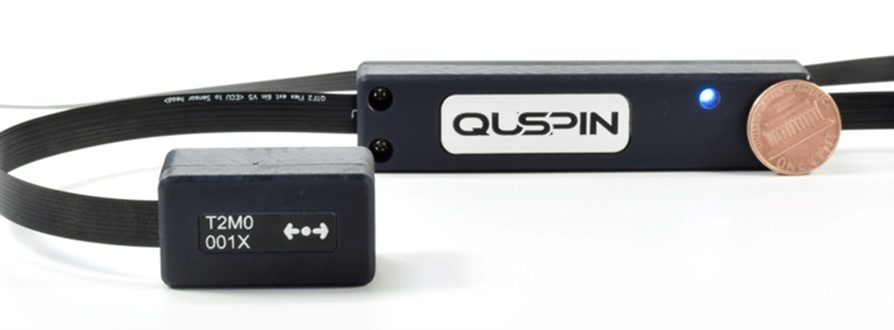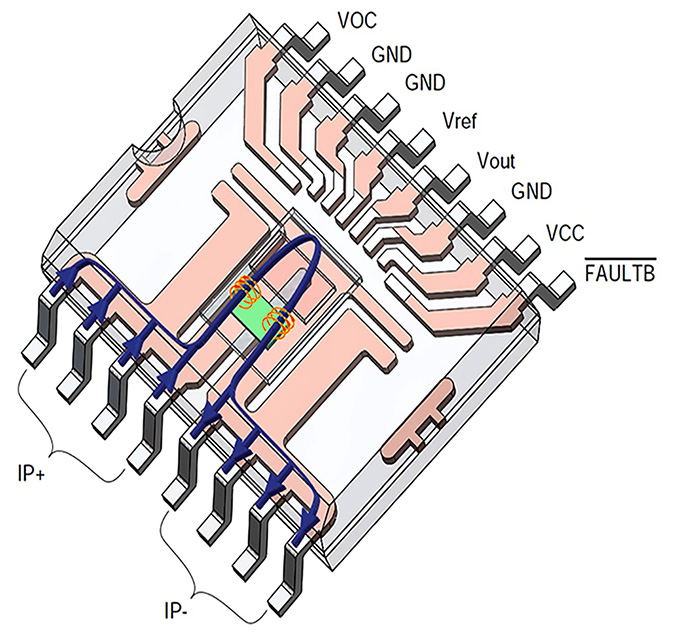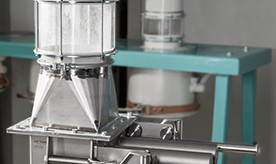
Methods for targeted drug delivery are being developed actively in the pharmaceutical industry and liposomes containing magnetic nanoparticles are a hot topic today. One company serving the field is Creative Biolabs of Shirley, New York which has created a comprehensive development platform as a service to formulate new highly specific liposomes — including magnetic versions.
Liposomes are molecular-level spheres that can be tailored as biocompatible vesicles for carrying pharmaceuticals. Supported by the magnetic field, magnetic liposomes can avoid the reticuloendothelial system and guide a drug to accurately reach the target. They have the advantages of reducing the concentration of free drugs in the blood and reducing adverse drug reactions, enabling the most critical tumor targeting without damaging healthy tissues.
With magnetic nanoparticles in them, liposomes can selectively concentrate in the pathological process area under the action of external constant magnetic field, and further release drugs under the action of alternating magnetic field. They can also be used as magnetic resonance imaging markers and magnetic biosensors.
The biggest advantage liposomes have over other carriers is that they can be highly functionalized. In recent years, many new liposome-based drugs have been developed from clinically approved products to new experimental applications. The major areas include gene therapy, cancer therapy and mRNA vaccines.
The effectiveness of the release of magnetic liposome encapsulated substances depends on many factors, explains the company, including membrane lipid composition, chemical structure of the drug, field parameters and positioning of the magnetic nanoparticles. Basically, there are two ways to incorporate them into liposomes, firstly, into the inner space of the vesicle, and secondly, into the lipid bilayer. Generally, particles with a hydrophilic shell are used in the first case, and a carrier stabilized by a hydrophobic substance is used in the second case. Studies have shown that compared with vesicles containing magnetic nanoparticles in the internal aqueous phase, liposomes with magnetic nanoparticles in the lipid bilayer can release the incorporated drugs more effectively.
As a pioneer with more than ten years of experience in liposome development, Creative Biolabs has a team of more than 200 scientists and provides an extensive portfolio of liposome and lipid products for research, diagnostic and clinical purposes. For the custom development of magnetic liposomes, their experts research the physical, chemical and pharmaceutical properties of magnetic nanoparticles contained in the liposome shell and its internal space and optimize the performance of the formulation to meet the needs of different clients. For more info, see www.creative-biolabs.com.



